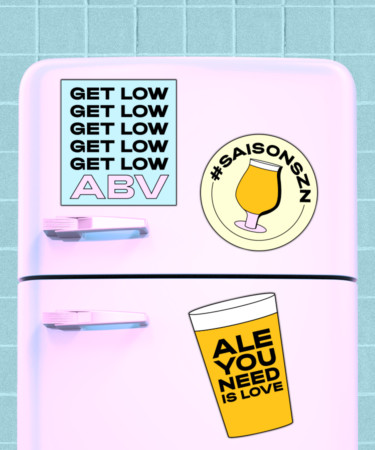Today, with a handheld device and a Wi-Fi connection, we can access millions of songs, stream just about any movie ever released, source articles to teach ourselves about important worldly subjects, like the difference between ales and lagers. Well, what’s important to you may be irrelevant to others. Which is exactly the point here. The amount of options available to us at any given moment is endless. For those with a voracious appetite for all things fresh and new, this is the greatest time to be alive. For others with a less demanding curiosity for things “hot off the press,” they’re perfectly happy sticking with the underrated.
With so many breweries in operation today, beer innovation seems to be moving at hyper speed. Some may argue that’s not necessarily a great thing. The old adage, “cream rises to the top,” might not hold true for the current beer market. Especially when the “top” is constantly changing, offering a bombardment of overrated choices.
Our access to beer is unprecedented. Roughly 75 percent of Americans old enough to legally consume alcohol live within 10 miles of a brewery. Consumers can now order beer online and have it delivered same-day.
In today’s social media-driven world of beer hype, it’s easy to forget the quiet classics of yesteryear. Brewers now find themselves in a conundrum: fulfill their passion brewing styles they love, or brew what’s currently trending and racking in the sales?
VinePair asked 11 brewers for their thoughts on what beer styles aren’t getting enough love, and from Belgian strong ales to low-alcohol options, each is worth the “hype” that it doesn’t usually get.
The Most Underrated Beer Styles, According to Brewers:
- Cask ale
- Kölsch
- Bock
- Pilsner
- Lager
- Low-ABV beer
- Munich Helles
- Belgian strong ale
- Belgian Saison
- English-style ordinary bitter
- Pale ale
Keep reading for details about all of the recommended bottles!
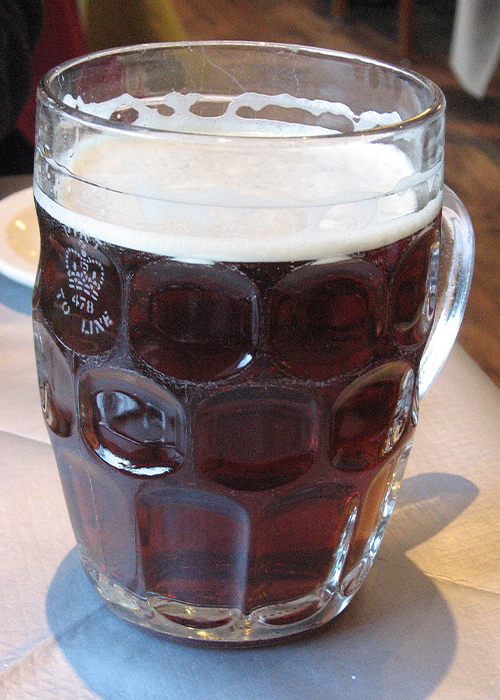
“Cask ales are so underrated. I had the pleasure of working with one of the best cask ale brewers in the industry, Andy Black. He taught me the importance of malt quality, hops, and the process that incorporates the most beautiful proper pour from a cask engine. But what general American consumer wants a beer served at 55 degrees, unfiltered, naturally carbed [carbonated] during second fermentation with a low ABV? Well, I do.” — Breeze Galindo, Brewer, Other Half Brewing, Brooklyn, N.Y.
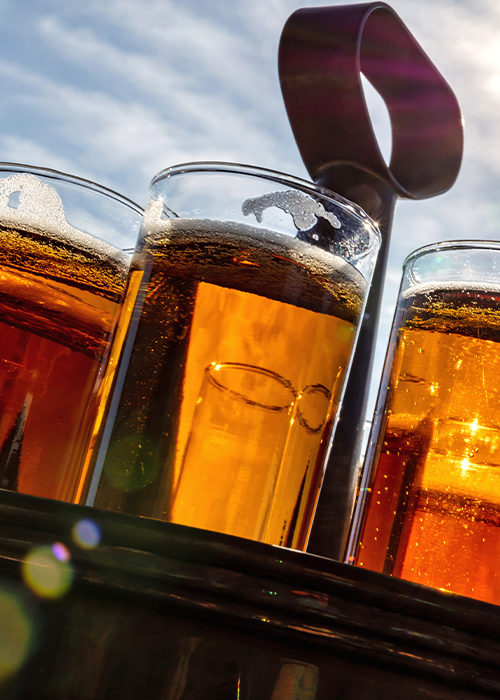
“Kölsch — the best of both worlds. The lager of ales. You can turn a kölsch around in under two weeks and still get that crisp, clean, lageresque flavor profile that your average macro-beer drinker doesn’t even know they are looking for — I have even seen some Coors and Bud loyalists drinking local beers because they have come to realize that craft doesn’t mean hoppy, and a nice, clean, crisp pilsner or helles is exactly what they want in a beer.” — Nick Moreira, Production Supervisor, HenHouse Brewing Company, Santa Rosa, Calif.
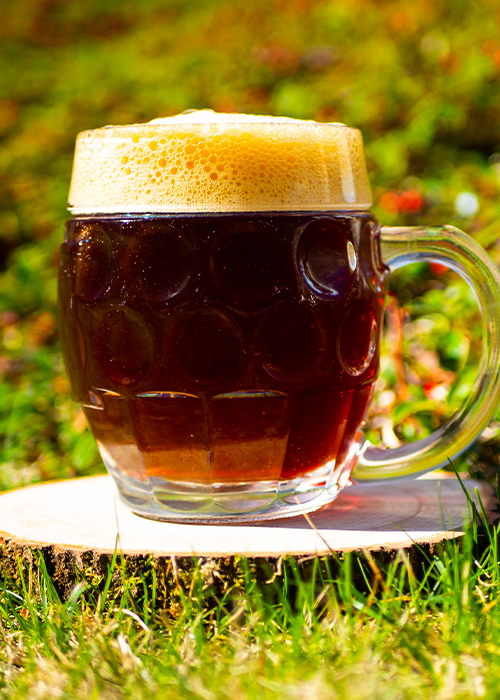
“Bocks. … The traditional bocks [are] maltier, stronger, more full-bodied. …This particular style is often not represented as much. … It is a very versatile style of beer that I personally feel does not receive hardly any hype or fair share of attention given its lengthy historical context and origin.” — Jon Renthrope, Brewmaster, Cajun Fire Brewing Company, New Orleans
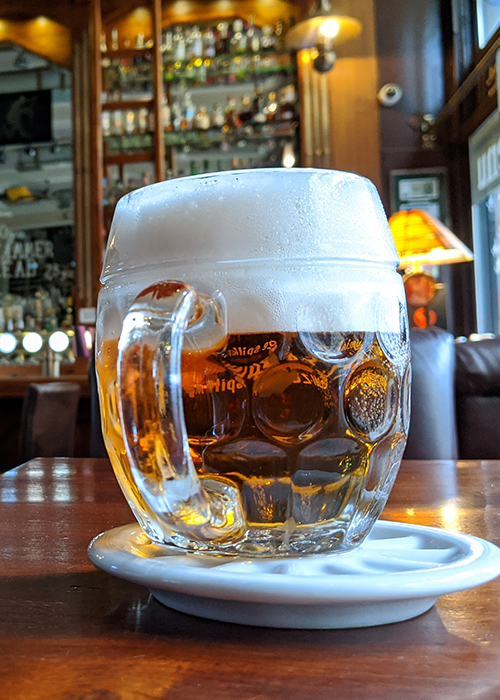
“A well-brewed pilsner or lager, super fresh from your local brewery. We live in a golden age for choice. There are breweries everywhere. You may have to search around, but chances are a local brewery is doing something special.” — Robert Sanchez, Brewer, Border X, Bell, Calif.
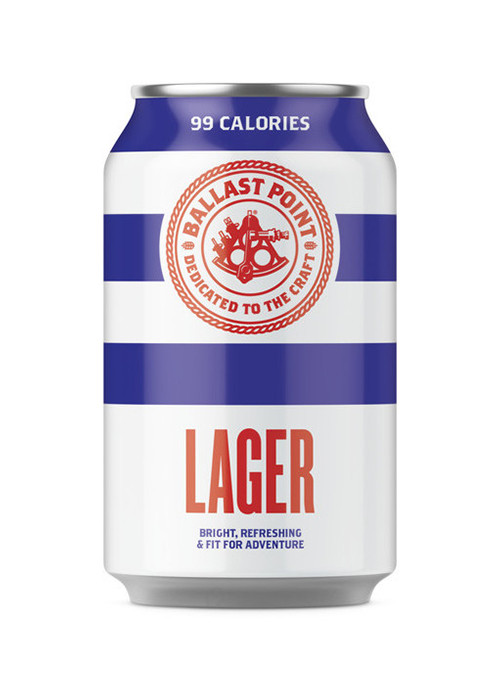
“Basically what brewer’s drink: low-ABV beers, IPAs, or lagers. I love a solid 4-5 percent beer that I can have a couple of at a reasonable price and be able to [drink and] not be drunk.” — Dicky Lopez, Head Brewer, La Doña Cervecería, Minneapolis
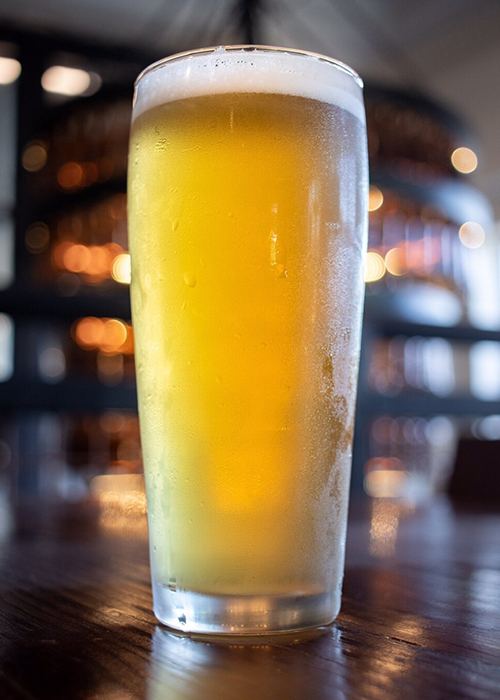
“I love Munich helles. The balance between some type of undefinable malt character and light, but just enough expression of noble hops. … I want a beer that I can enjoy and not think about, but also analyze, dissect, and consider.” — Eric McLaughlin, Brewer, Liberation Brewing Company, Long Beach, Calif.
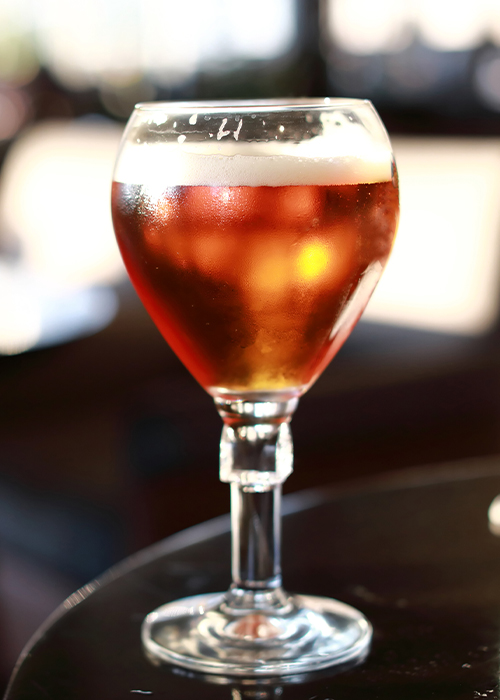
“Belgian. My fave is a good Belgian strong ale. This style, among many others, has such great tasting notes that you don’t realize until you try it. They also make for amazing pairings with a variety of foods.” — Daniella Lopez, Brewer, Bravus Brewing Company, Anaheim, Calif.
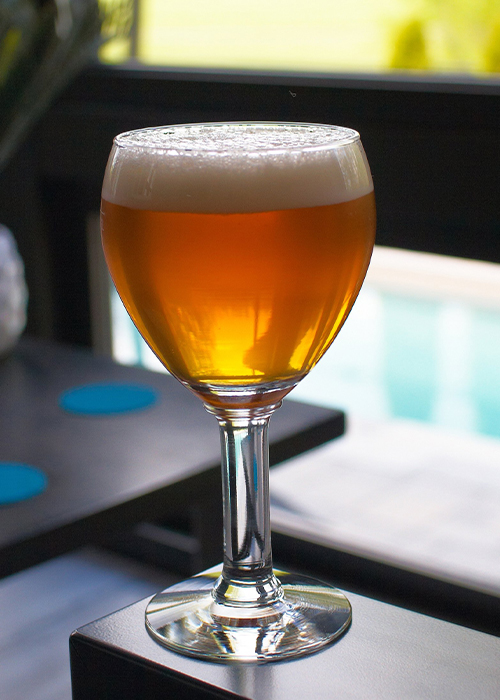
“Belgian saison, maybe because I’m a sucker for them, and they have a soft spot in my heart since it’s the first style I’ve ever brewed, but if done right they taste fantastic.”— Joaquin Pena, Islla Street Brewing, San Antonio, Texas
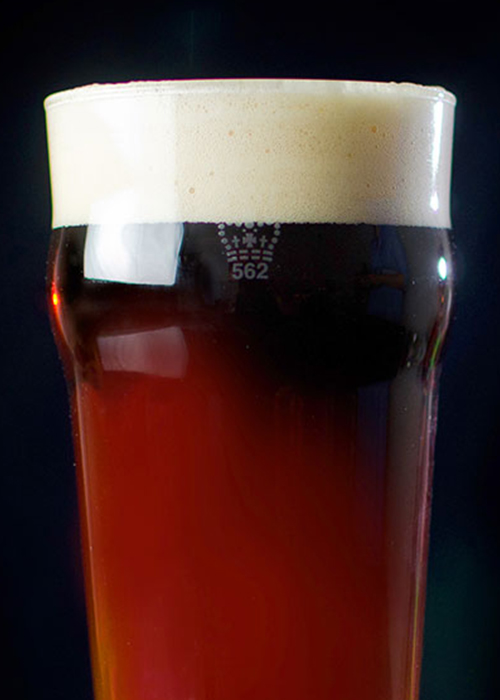
“I believe there are many underrated styles, but one of the most obvious for me is probably the (English-style) ordinary bitter ale. The name alone might be reason enough for why it’s underrated — I mean, ‘ordinary’ and ‘bitter’ side-by-side in the name, c’mon now! Obviously the name of the style comes from a totally different era, to which us folks in the modern world just can’t relate. But if you can get past the name and taste the beer itself, you would find balance, nuance, clarity, and simplicity. And, deliciousness!” — Jeremy Raub, Brewer/Owner, Eagle Rock Brewery, Los Angeles
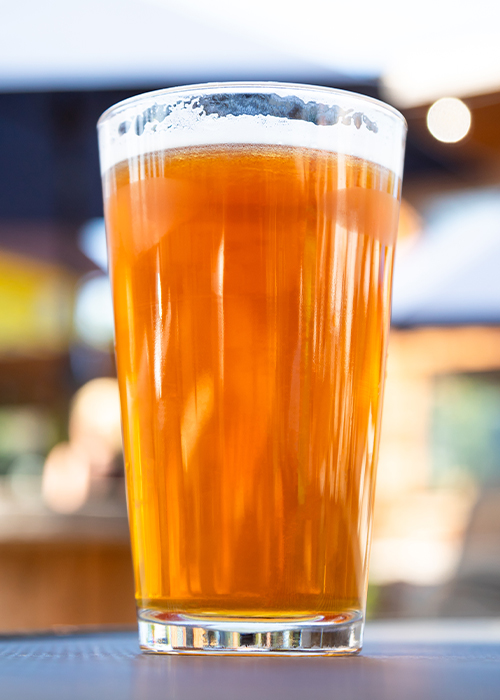
“The pale ale, basically the grandfather of craft beer. It’s on the uptick, especially with us at Patuxent. Our flagship is a pale ale and it basically straddles the line of being an awesome IPA. It touches both demographics of beer drinkers.” — Davie Feaster, Head Brewer, Patuxent Brewing, Waldorf, Md.
“The market has focused too much on trendy beers and not the classics. I personally get excited to see a malt-driven or fermentation-driven style being offered on a beer list. It’s a bold move for a brewery not to hide behind big hop, fruit, or barrel flavors.” — Israel Arrieta, Brewer, Craftsman Brewing, Pasadena, Calif.
